A few months ago, this Canadian athlete and college student had been preparing for a summer job, her biggest worry a curling match replay. Now, she’s navigating a diagnosis so rare that most doctors only read about it in textbooks.
At just 20 years old, Brooklyn Aleksic had already stood out as a competitive athlete, a university scholar, and a young woman with her future clearly mapped. A summer job, time with extended family, and plans to become a teacher were all in motion. Then one morning, her body stopped cooperating.
What began as a strange, immovable sensation quickly became something far more severe. Within hours, Aleksic couldn’t move her arms or legs. The diagnosis that followed would not only redefine her summer but reshape every part of her life. It was rare. It was serious. And it had no clear roadmap.
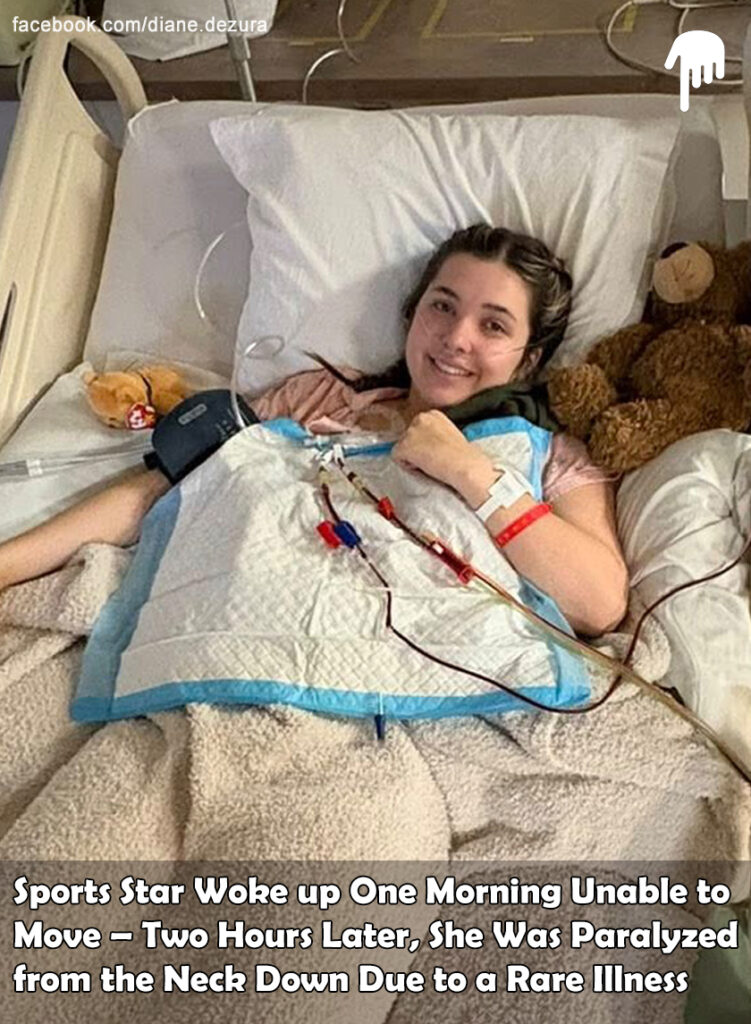
Everything Was on Track Until It Wasn’t
Everything was falling into place. Aleksic had every reason to feel confident about the path ahead. She had just completed another strong academic year at the University of Victoria, where she was working toward a degree in education. Her goal was clear: she wanted to become an elementary school teacher.
Known for her positivity, Aleksic thrived in both academics and athletics and was deeply connected to her community in Abbotsford, British Columbia. She had secured a summer job at a golf course in Saskatchewan and was staying with family while enjoying a well-earned break.
Aleksic wasn’t only known for her grades or career ambitions. She had made a name for herself in Canadian curling, following in the footsteps of her mother, Shannon Joanisse, a five-time Scotties Tournament of Hearts competitor.
In 2024, Aleksic appeared in “Curl Power,” a feature documentary that followed her Maple Ridge-based junior curling team as they competed for a spot at the Canadian Junior Curling Championships. The film screened across the country and celebrated the hard work and camaraderie of young women in sport.
“She has a huge circle of friends, she’s a ray of light in everybody’s life,” her mother, Joanisse, shared. “She’s positive. She’s a fighter.” Whether on the ice, in the classroom, or with friends, Aleksic’s energy was unmistakable.
But just as her summer was getting underway, the rhythm of her life shifted in a way no one could have predicted. There were no warning signs. No pain, no discomfort — nothing to foreshadow how drastically life would change in a matter of hours.
The Morning Everything Changed
One morning in early June 2025, while staying in Saskatchewan, Aleksic opened her eyes and realized something was wrong. Her body felt heavy, unresponsive. Within minutes, the symptoms intensified. She was unable to sit up, stand, or lift her arms.
Her condition deteriorated quickly. “Basically, within two hours of waking up that morning, she was completely paralyzed from her neck down,” Joanisse explained. Aleksic was rushed to Regina General Hospital, where she underwent urgent testing to determine what had caused the sudden paralysis.
In just a few hours, her life had gone from ordinary to unimaginable. She could no longer walk, feed herself, or perform even the most basic tasks. For someone who’d been planning a summer filled with work and adventure, the sudden stillness was surreal. It would take time and a battery of tests before they arrived at a diagnosis no one expected.
In the days following her sudden paralysis, doctors worked urgently to pinpoint the cause of Aleksic’s condition. The final diagnosis stunned everyone: transverse myelitis.
Understanding the Illness: What Is Transverse Myelitis?
Transverse myelitis (TM) is a rare neurological condition caused by inflammation of the spinal cord. The inflammation damages the protective layer surrounding nerve fibers, called the myelin sheath. Once this covering is compromised, it disrupts communication between the brain and the rest of the body, leading to various levels of motor, sensory, and autonomic dysfunction.
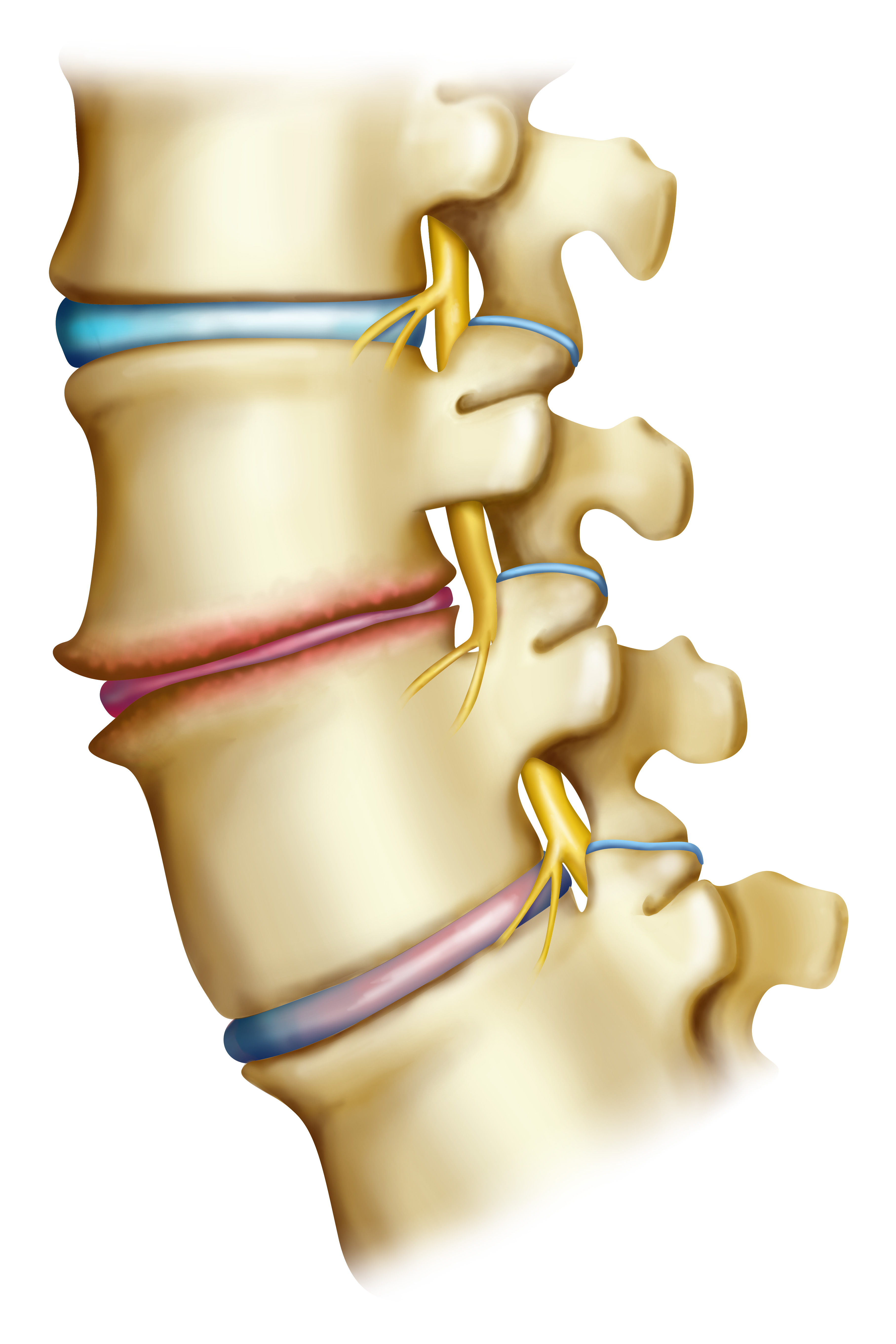
Lumbar spine illustrating vertebral degeneration | Source: Getty Images
The spinal cord, which extends from the brainstem to the lower back, serves as the body’s central information highway. When inflamed, signals traveling through it may be blocked or distorted, resulting in symptoms such as muscle weakness, loss of sensation, and bowel or bladder issues.
The term “transverse” refers to the way the inflammation affects a segment of the spinal cord across its width, often causing a band-like sensation or loss of function below the affected area. In most cases, TM occurs suddenly and only once, followed by either improvement or long-term complications.
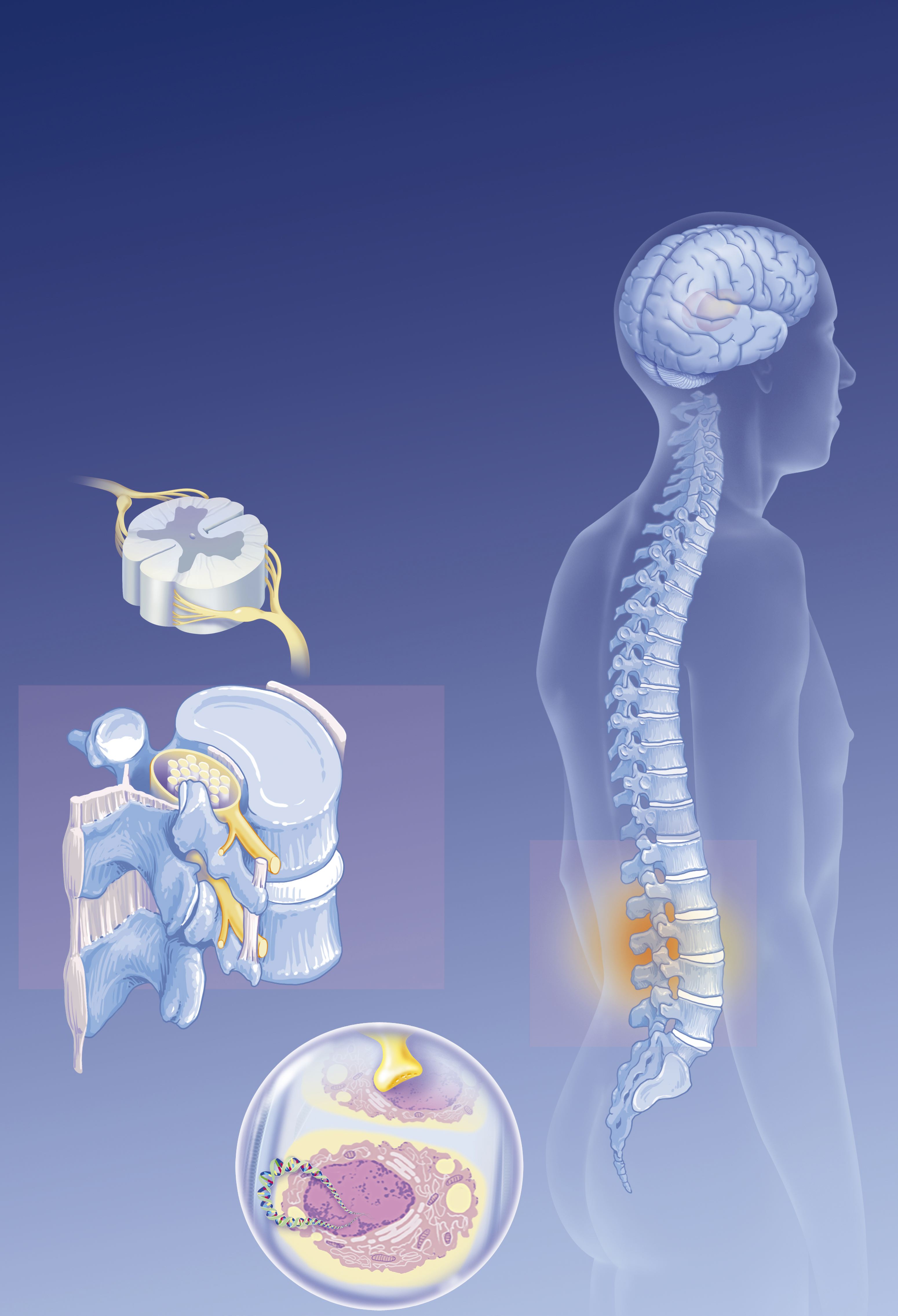
Anatomical illustration showing brain, spine, lumbar nociceptors, and nerve impulses | Source: Getty Images
Although it can affect any region of the spine, the pattern of impairment depends on where the inflammation occurs. In Aleksic’s case, the damage left her paralyzed from the neck down within hours, a sign of upper spinal cord involvement.
Far from Home, Facing the Fight of Her Life
When Aleksic was admitted to the hospital, she was far away from home. With her body paralyzed and her condition demanding round-the-clock medical attention, she remained hospitalized in Saskatchewan as her family scrambled to organize the care she urgently needed.

Brooklyn Aleksic being wheeled by paramedics, dated July 5, 2025 | Source: Facebook/diane.dezura
Her mother, Joanisse, stayed by her side in Regina while supporters back in British Columbia mobilized to help. Among them was Diane Dezura, Aleksic’s former curling coach, who launched a GoFundMe campaign to support her recovery.
The fundraiser outlined the scope of Aleksic’s needs — from emergency transportation back to B.C. to long-term rehabilitation, adaptive equipment, and 24/7 personal care. The financial demands are significant. In addition to the cost of care, Aleksic will need wheelchairs, home modifications, and specialized equipment to support daily living.
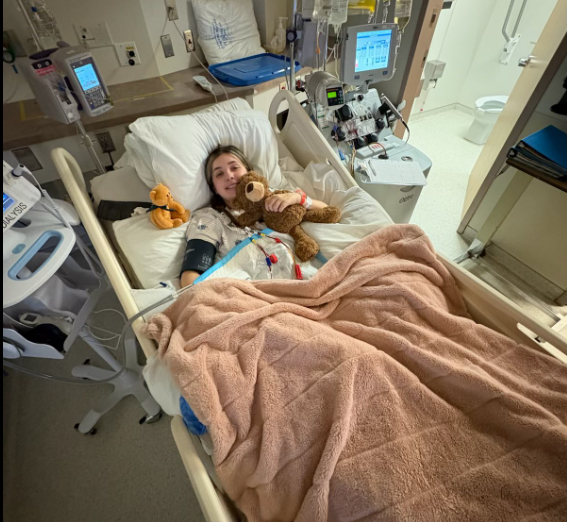
Brooklyn Aleksic, dated July 4, 2025 | Source: Facebook/diane.dezura
The paralysis had stripped away her independence overnight, yet her optimism remained shockingly intact. “She’s smiling, cracking jokes, and always thanking every single person she comes in contact with,” read part of the message shared on her GoFundMe page.
Aleksic’s friends, family, and even hospital staff have been struck by her unwavering positivity during a time when most would understandably feel broken. “Brook continues to amaze us,” a loved one wrote in a GoFundMe update. “Her spirit is unshaken, and we want to match that strength with action.”
This determination hasn’t gone unnoticed. The GoFundMe page has become a hub for messages of encouragement and donations from across Canada. More than CA$100,000 has already been raised, with contributions pouring in from curling fans, university peers, and strangers moved by her story.
While her spinal cord injury meant a return to full mobility was uncertain, her mental and emotional strength was unquestionable. Aleksic’s inner strength continued to carry her forward and inspire those around her.
Moved to Vancouver for Specialist Care
After several weeks in a Saskatchewan hospital, Aleksic was medically transported to Vancouver. The transfer wasn’t just about receiving top-tier rehabilitation; it was about returning to a sense of normalcy. Surrounded by familiar voices and long-missed comforts, she could finally focus on recovery in an environment that felt like home.
The new facility offered hope: access to spinal cord specialists, individualized physical therapy, and cutting-edge assistive technologies. Each day brought new routines and new challenges, from learning how to use a wheelchair to building strength in her upper body.
The process was slow and exhausting, but Aleksic approached it with the same grit that once powered her curling competitions. Doctors remain cautiously optimistic. For now, Aleksic’s future is full of unknowns, but she meets each day with clarity, drive, and a refusal to be defined by her diagnosis.
How TM Affects the Body: Symptoms and Outcomes
The symptoms of transverse myelitis typically appear at or below the level of the spinal cord affected by inflammation. If the inflammation is in the upper back or neck, as in Aleksic’s case, it can result in widespread paralysis and impaired breathing, bladder, and bowel control.
Most individuals experience sensory changes, such as tingling, numbness, or pain, especially below the waist. According to the Cleveland Clinic, up to 94 percent report abnormal sensations, while about 50 percent lose the ability to move their legs entirely. Almost all face some form of bladder dysfunction.
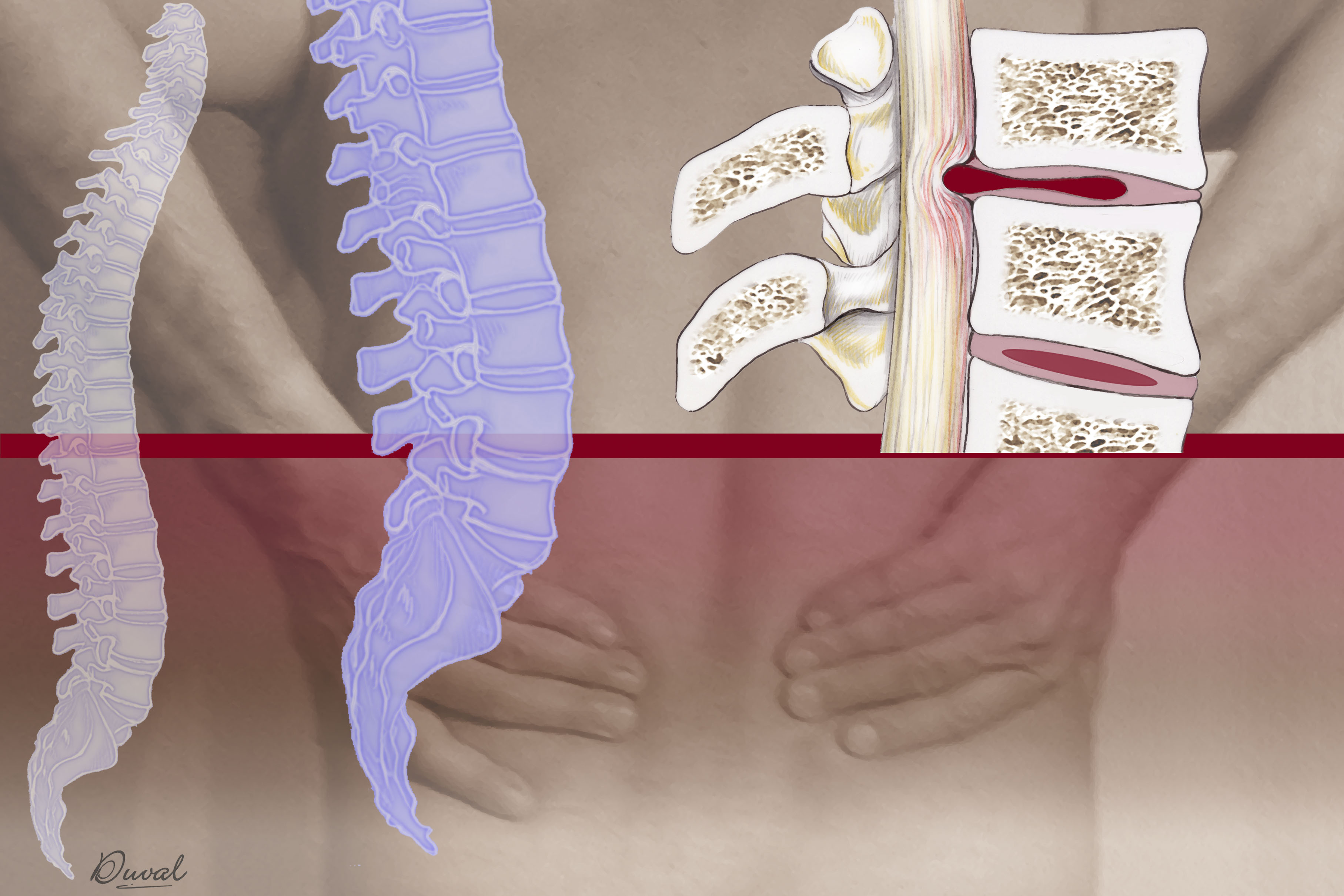
Illustration of a herniated disk | Source: Getty Images
TM can affect both sides of the body, though in some cases it only affects one side. In many instances, symptoms stabilize or improve with treatment, but some people are left with lasting impairments, such as chronic pain, muscle weakness, or mobility challenges.
With early intervention, including physical therapy and medication, some patients regain significant function. But every case is different, and the long-term outlook often remains uncertain until months or even years into recovery.
For now, Aleksic’s fight continues. Her family, community, and thousands of supporters across Canada are standing with her, matching her strength with action, and her hope with unwavering support.


